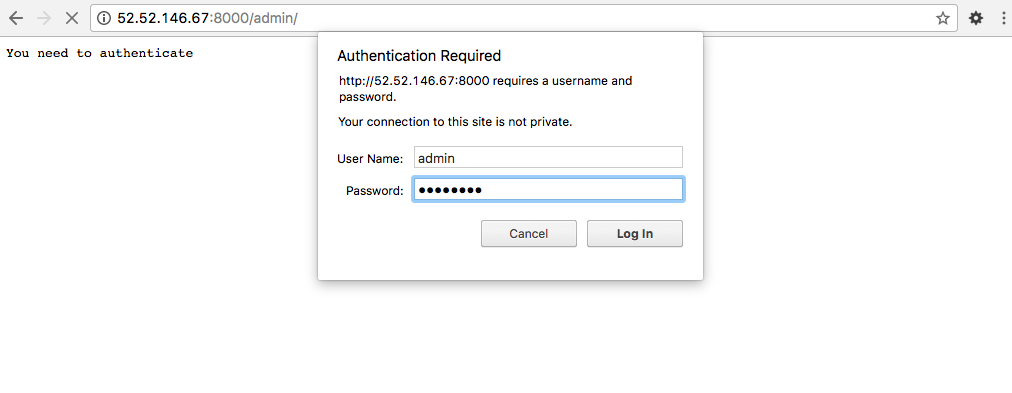

- #Bitnami redmine default admin password how to
- #Bitnami redmine default admin password password
- #Bitnami redmine default admin password free
directory permissions and other security mechanisms on the host system are set up correctly. The downside is that the user needs to make sure that the directory exists, and that e.g. This places the database files in a known location on the host system, and makes it easy for tools and applications on the host system to access the files. Create a data directory on the host system (outside the container) and mount this to a directory visible from inside the container.The downside is that the files may be hard to locate for tools and applications that run directly on the host system, i.e. This is the default and is easy and fairly transparent to the user. Let Docker manage the storage of your files by writing the files to disk on the host system using its own internal volume management.We encourage users of the redmine images to familiarize themselves with the options available, including: Important note: There are several ways to store data used by applications that run in Docker containers.
#Bitnami redmine default admin password password
Accessing the ApplicationĬurrently, the default user and password from upstream is admin/admin ( logging into the application). The other tags in this repository, like those with passenger, use the same environment and -links as the default tags that use WEBrick ( rails s) but instead give you the option of a different web and application server. Run docker stack deploy -c stack.yml redmine (or docker-compose -f stack.yml up), wait for it to initialize completely, and visit or (as appropriate). via docker stack deploy or docker-composeĮxample stack.yml for redmine: version: '3.1' Start redmine $ docker run -d -name some-redmine -network some-network -e REDMINE_DB_POSTGRES=some-postgres -e REDMINE_DB_USERNAME=redmine -e REDMINE_DB_PASSWORD=secret redmine MySQL (replace -e REDMINE_DB_POSTGRES=some-postgres with -e REDMINE_DB_MYSQL=some-mysql when running Redmine) $ docker run -d -name some-mysql -network some-network -e MYSQL_USER=redmine -e MYSQL_PASSWORD=secret -e MYSQL_DATABASE=redmine -e MYSQL_RANDOM_ROOT_PASSWORD=1 mysql:5.7 PostgreSQL $ docker run -d -name some-postgres -network some-network -e POSTGRES_PASSWORD=secret -e POSTGRES_USER=redmine postgres Running Redmine with a database server is the recommended way. Not for multi-user production use ( redmine wiki) Run Redmine with a Database Container $ docker run -d -name some-redmine redmine This is the simplest setup just run redmine.
#Bitnami redmine default admin password how to
How to use this image Run Redmine with SQLite3

Redmine integrates with various version control systems and includes a repository browser and diff viewer. It includes a calendar and Gantt charts to aid visual representation of projects and their deadlines. It features per project wikis and forums, time tracking, and flexible role based access control. It allows users to manage multiple projects and associated subprojects.
#Bitnami redmine default admin password free
Redmine is a free and open source, web-based project management and issue tracking tool. Official-images repo's library/redmine file ( history)ĭocs repo's redmine/ directory ( history) Official-images repo's library/redmine label Repo-info repo's repos/redmine/ directory ( history) Supported tags and respective Dockerfile links The Docker Community Forums, the Docker Community Slack, or Stack Overflow


 0 kommentar(er)
0 kommentar(er)
